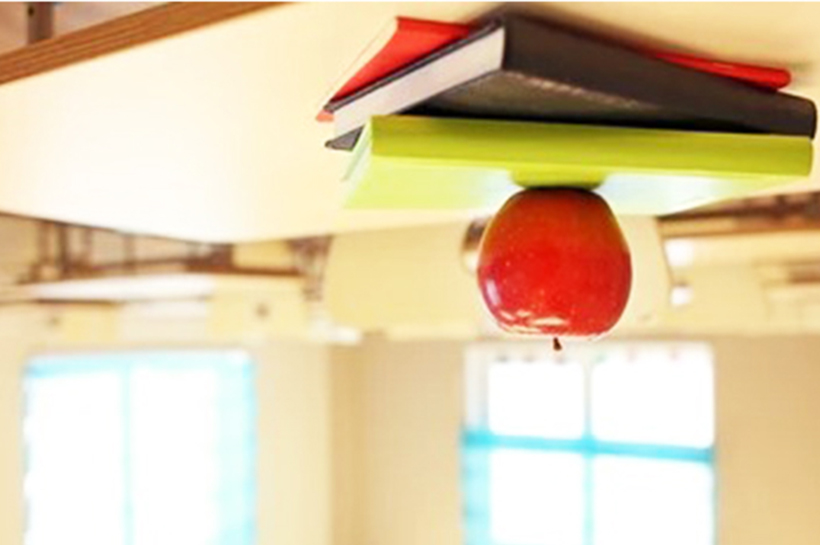In today’s ever-evolving society, where everything is designed or manufactured to enhance our efficiency and effectiveness, education is not far behind. Amid various innovations in the field of education that cater to the diverse needs of students, the concept of flipped learning has drawn significant attention globally. Talking about schools in India, where traditional learning has been prevalent for a very long time, the flipped classroom model presents a refreshing alternative.
What is Flipped Learning?
Flipped learning is an innovative yet simple approach where the traditional teaching model is reversed. Instead of getting first-hand knowledge in the classroom and doing assignments and revisions at home, the concept of flipped learning encourages students to learn new content at home through videos, readings, or other online resources and utilize classroom time for an extensive understanding of the content through discussion, projects, and interactive activities facilitated by the teacher. Teachers provide guided resources and set clear expectations for pre-classroom work, which significantly enhances concept retention compared to traditional teaching methods.
Empowering Learning: The Dual Benefits of Flipped Classrooms
Flipped learning not only aims to enhance understanding and retention of content but also promotes critical thinking and problem-solving skills. Through self-directed learning outside the classroom, students take ownership of their education, researching topics, organizing materials, and grasping concepts at their own pace. This initial understanding is further reinforced in interactive classroom settings where teachers facilitate discussions, collaborative projects, and real-life applications, fostering not just comprehension but also teamwork and innovative problem-solving abilities.
Increased Student Engagement and Motivation
Lectures can often be monotonous, leading to disengagement and a lack of interest among students. Flipped learning, on the other hand, tends to be more engaging with its dynamic and interactive approach. Students exposed to flipped learning participate actively in their learning journey, making the process more engaging and effective. The use of multimedia resources such as videos, animations, and interactive simulations successfully enhances their interest and proactiveness in whatever they are aiming to learn. Flipped learning offers greater flexibility, accommodating diverse learning styles and paces.
Empowering Parents
For Indian parents, who often play a crucial role in their children’s education, flipped learning offers greater visibility into their children’s learning. Parents can access the same resources as their children, enabling them to support and guide their learning process better. This involvement not only strengthens the parent-child relationship but also creates a more cohesive and supportive learning environment at home.
Teacher Development and Satisfaction
Flipped learning also benefits teachers by allowing them to become facilitators and mentors rather than mere disseminators of information. This shift can lead to greater job satisfaction and professional growth. Teachers have more opportunities to interact with students, understand their individual needs, and employ creative teaching strategies. Continuous professional development is integral to this model, ensuring educators are well-equipped with the latest teaching tools and techniques.
Conclusion
Flipped learning revolutionizes education by effectively meeting the diverse needs of students and parents. It enhances understanding, critical thinking, creativity, engagement, and flexibility, thereby bridging the gap between theoretical knowledge and practical application. Through flipped learning, students take ownership of their learning journey, fostering independence and self-directed learning skills. This approach promotes collaboration among peers and fosters a supportive learning environment where students can explore, experiment, and apply their knowledge in real-world contexts. By flipping the traditional classroom model, educators can adapt instruction to suit individual learning styles, ensuring that every student has the opportunity to succeed.

